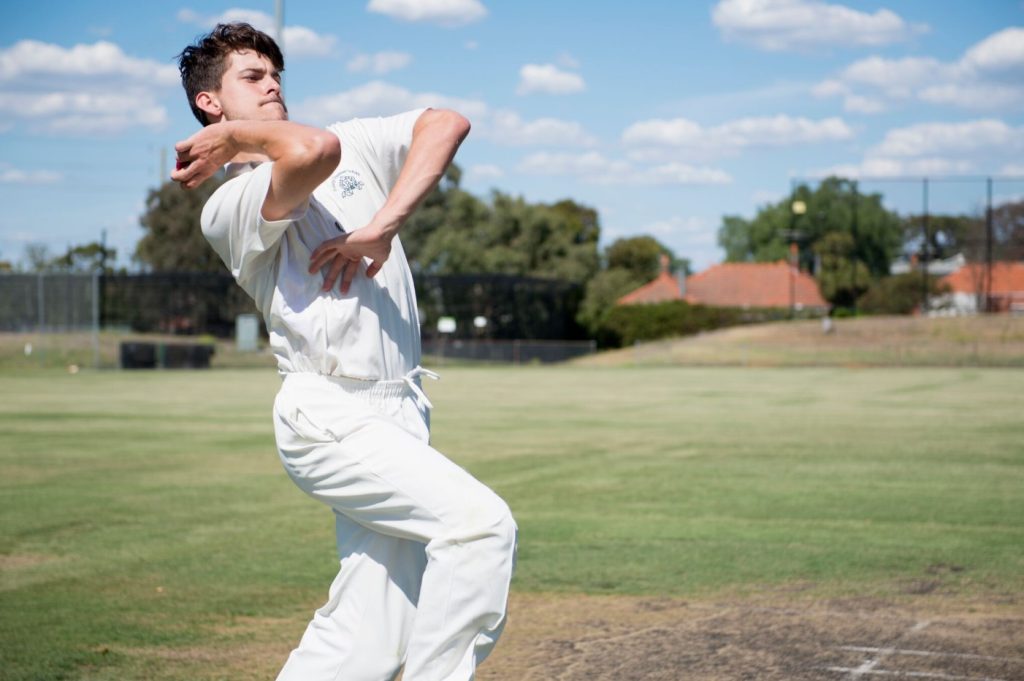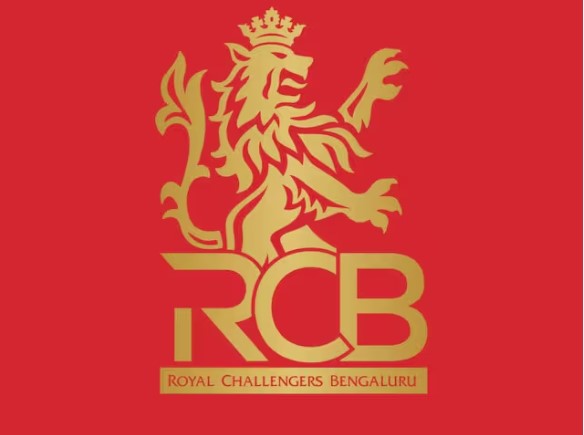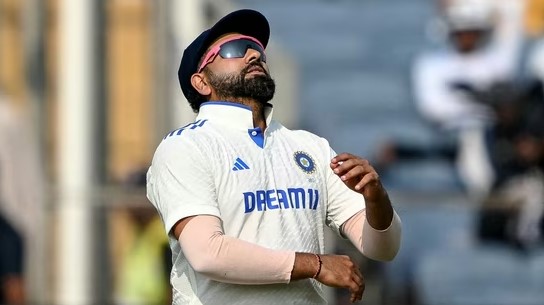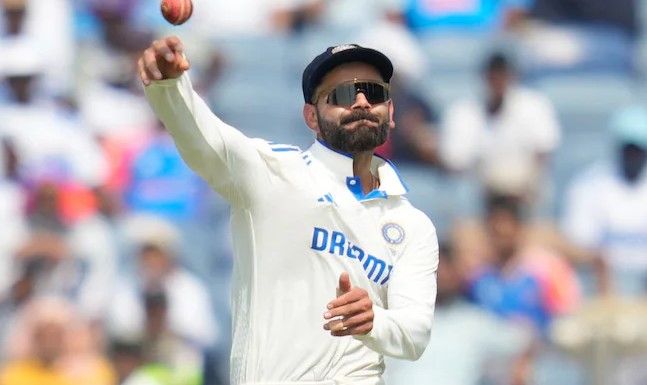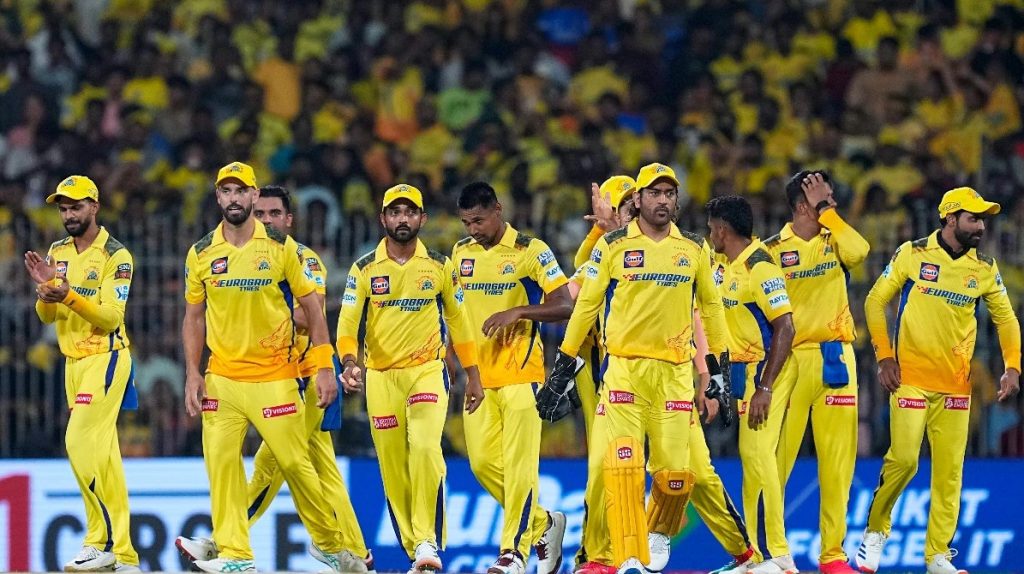Increase Bowling Speed: Bowling speed is one of the most crucial factors in a fast bowler’s performance. While natural talent plays a role, increasing your bowling speed is a matter of technique, strength, flexibility, and mental focus. The body mechanics involved in fast bowling demand not just fitness but also specific training that targets the muscles used in delivering a fast ball. With consistent effort, proper technique, and tailored exercises, any bowler can improve their speed.
In this article, we will discuss a combination of exercises, techniques, and tips to help increase your bowling speed effectively. We will also break down specific exercises targeting different areas, including core strength, flexibility, lower body power, and upper body strength.
Understanding the Science Behind Bowling Speed
Bowling speed is a combination of several factors:
- Stride length and timing: The ability to cover ground quickly and effectively during the delivery stride.
- Body rotation and release: The coordination of the upper body with the lower body during the delivery.
- Power generation: The energy generated from the legs, hips, and torso that translates into speed.
- Flexibility and arm speed: The ability of the shoulder and arm muscles to move swiftly.
Fast bowlers tend to have powerful legs and strong core muscles. Moreover, a fast bowler’s upper body needs to be fluid and explosive to generate speed without losing control.
The Key Areas to Focus on
To increase your bowling speed, you should focus on these core aspects:
- Leg Strength and Power: Legs are essential for both generating power and maintaining speed during the delivery.
- Core Strength and Stability: A strong core allows for proper body rotation and power transfer.
- Shoulder and Arm Speed: These muscles play an essential role in the final acceleration of the ball.
- Flexibility and Mobility: Flexibility helps you maintain a free and fluid action, preventing stiffness that could reduce speed.
- Explosive Training: Developing explosive power to generate maximum speed in short bursts.
Top Exercises to Increase Bowling Speed
Here is a detailed breakdown of the exercises that target the muscles involved in fast bowling. These exercises are meant to increase your strength, power, and mobility, ultimately helping you bowl faster.
1. Strengthening the Legs: Power for Explosive Speed
Strong legs are crucial for fast bowling as they generate the initial force and power. The following exercises help improve leg strength and explosiveness.
| Exercise | How to Do It | Benefits |
|---|---|---|
| Squats | Stand with feet shoulder-width apart. Lower your body as if sitting on a chair, keeping your chest upright, and knees behind your toes. Press back up. | Increases strength and power in the quadriceps, hamstrings, and glutes. Vital for sprinting and the delivery stride. |
| Lunges | Take a large step forward, lower your body until both knees are bent at 90 degrees, and return to standing. Alternate legs. | Builds strength in the quads, hamstrings, and glutes, which power the bowler’s strides. Improves balance and coordination. |
| Box Jumps | Stand in front of a box or platform. Jump onto the box with both feet, land softly, and step down. Repeat for 3 sets. | Enhances explosiveness and leg strength, key for generating power during the bowling stride. |
| Step-Ups | Step onto a box or bench with one foot, pushing through your heel. Alternate legs. Perform 3 sets of 10-12 reps per leg. | Strengthens quads, hamstrings, and glutes, increasing stability and power during the delivery stride. |
2. Core Strength: Stability and Power Transfer
A strong and stable core ensures that the power generated from your legs is transferred through your body into the ball. The following exercises build the essential core strength and stability needed for fast bowling.
| Exercise | How to Do It | Benefits |
|---|---|---|
| Planks | Hold a push-up position, supporting your body weight on your forearms and toes. Keep your body in a straight line from head to heels. Hold for 30 seconds to 1 minute. | Improves overall core strength, helping with balance, posture, and stability during the bowling action. |
| Russian Twists | Sit on the floor with knees bent and feet flat. Lean back slightly and twist your torso side to side while holding a weight or medicine ball. | Targets the obliques and transverse abdominals, muscles important for the rotational power in the bowling action. |
| Leg Raises | Lie on your back with your legs extended. Slowly raise your legs to a 90-degree angle and lower them back down without touching the ground. | Strengthens lower abs, which are important for maintaining posture and stability during the follow-through. |
| Medicine Ball Slams | Stand with feet shoulder-width apart. Raise a medicine ball overhead and slam it to the ground. Catch the ball and repeat. | Builds explosive power in the core, improving the transfer of energy from the lower body to the upper body during bowling. |
3. Shoulder and Arm Speed: Upper Body Power
| Exercise | How to Do It | Benefits |
|---|---|---|
| Shoulder Press | Using dumbbells or a barbell, press the weight above your head while standing. Lower back to shoulder height and repeat. | Builds shoulder strength and stability, helping to reduce injury risk and improve ball release speed. |
| Arm Circles | Extend your arms out to the sides and rotate them in small, controlled circles. Gradually increase the size of the circles. | Improves shoulder mobility and flexibility, which are important for maintaining a smooth, fluid bowling action. |
| Tricep Dips | Use parallel bars or a bench. Place your hands behind you and lower your body until your upper arms are parallel to the floor. Push back up. | Targets triceps and shoulders, helping improve arm extension and strength during the follow-through. |
| Resistance Band Rows | Attach a resistance band to a stationary object. Hold the band with both hands and pull it toward your torso, keeping elbows close to your body. | Strengthens the lats and back muscles, crucial for the pulling action of the bowling arm during delivery. |
4. Flexibility and Mobility: Improving Bowling Action
Flexibility in the hips, shoulders, and legs allows for greater range of motion and fluidity during the bowling action, helping to generate more speed and reduce the risk of injury.
| Exercise | How to Do It | Benefits |
|---|---|---|
| Dynamic Stretches | Perform leg swings, arm circles, and torso twists before each bowling session to warm up. | Prepares muscles for movement, increasing flexibility and range of motion in key muscle groups. |
| Hamstring Stretch | Sit on the floor, extend one leg out, and reach for your toes. Hold for 15-20 seconds per leg. | Improves hamstring flexibility, essential for maintaining a fluid and strong stride. |
| Hip Flexor Stretch | Kneel on one knee with the other foot forward in a lunge position. Push your hips forward to stretch the hip flexor. | Improves hip flexibility, allowing for better knee drive and improved stride mechanics. |
| Shoulder Stretch | Extend one arm across your chest and gently pull it toward your body with the opposite arm. Hold for 20 seconds. | Increases shoulder mobility, helping with the speed and fluidity of your bowling arm action. |
5. Explosive Training: Developing Maximum Speed
| Exercise | How to Do It | Benefits |
|---|---|---|
| Sprints | Sprint 20-30 meters at maximum speed, then walk back to recover. Repeat for 5-10 sets. | Improves leg power and cardiovascular fitness, helping bowlers maintain intensity throughout their spell. |
| Plyometric Push-Ups | Start in a push-up position, push up explosively so your hands leave the ground, then catch yourself and land softly. | Builds explosive upper body strength and shoulder stability, crucial for fast bowling power. |
| Medicine Ball Throws | Stand and throw a medicine ball as far as you can with a two-handed overhead throw. | Develops explosive strength and power in the upper body, simulating the bowling action. |
| Bounding Drills | Jump forward in long strides, mimicking the running motion in the delivery stride. | Develops explosive power in the legs and helps increase stride length. |
Conclusion: Combining Exercises for Maximum Speed
To increase your bowling speed, it’s essential to focus on strength, power, flexibility, and explosiveness. By combining these exercises into a well-rounded fitness routine, fast bowlers can enhance their body mechanics, improve their technique, and ultimately bowl faster.
Consistency is key – incorporate these exercises into your regular training schedule, and with time, you should see improvements in your bowling speed. Additionally, always remember that bowling technique and form are just as important as strength. Proper coaching, attention to your biomechanics, and ongoing fitness will ensure that you achieve the maximum potential in your bowling career.

